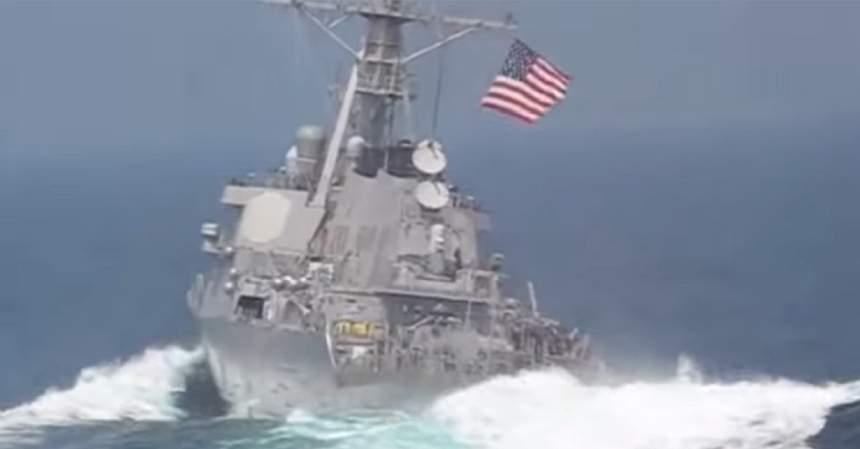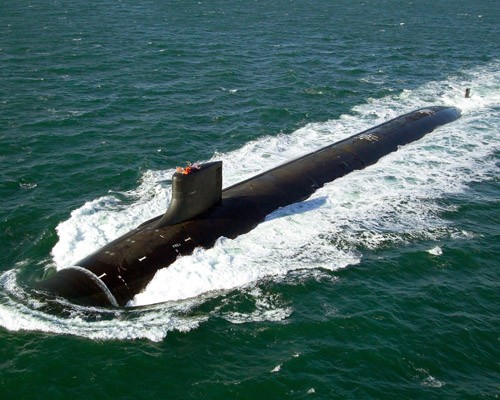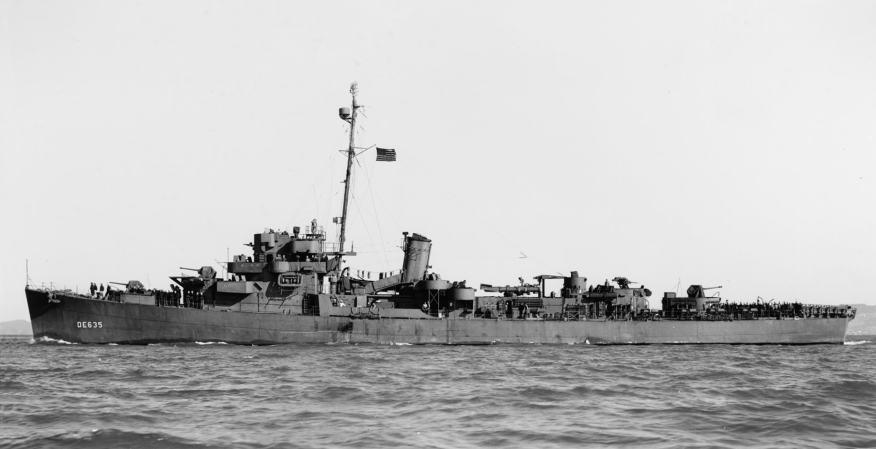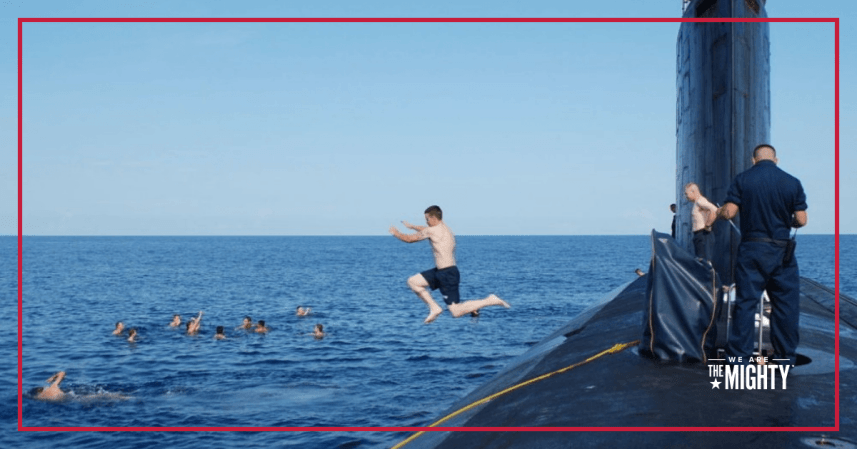Sea bass is considered a culinary delicacy around the world. The Chilean sea bass, in fact, often turns up on five-star restaurant menus. But if you’ve been keeping up with the times, you know that there’s a new, American sea bass out in the ocean that has a very big bite. We’re talking something that can takes a chunk out of the metallic denizens of the ocean, both surface-dwelling warships and the subs that lurk beneath.
Okay, it’s not exactly a “sea bass,” but rather a “CBASS,” or Common Broadband Advanced Sonar System, and it’s a huge upgrade to the MK 48 Mod 7 torpedo currently in service.
You may be wondering why the United States Navy is looking to improve on the MK 48 — especially since a U.S. sub hasn’t fired a torpedo in anger since World War II.

MK 48 torpedo aboard USS Rhode Island (SSBN 740).
(DOD photo by Lisa Daniel)
The fact is that technology doesn’t stand still, and the Navy learned the hard way during World War II that reliable torpedoes are essential. Learning from history is why the US is constantly pushing to improve its torpedoes. And it’s a good thing, too, because Russia and China have been pushing to upgrade their naval forces in recent years.
According to Lockheed, the newest Mod 7 will include a suite of new, wide-band sonar systems, advanced signal processing, and enhanced guidance systems. All of this is attached to a 650-pound, high-explosive warhead atop a 3,500-pound torpedo.

43 years after this test shot, the MK 48 Mod 7 CBASS ensures that the United States Navy’s subs can still kill anything afloat — or under the surface.
(U.S. Navy photo)
Official handouts credit the MK 48 with a top speed in excess of 28 knots, a maximum range of over five nautical miles, and an operating depth of at least 1,200 feet. However, the real specs are probably much better in terms of performance. Unofficial figures show the torpedo actually has a top speed of 55 knots and a maximum range of 35,000 yards (almost 20 miles).
The United States Navy and the Royal Australian Navy have teamed up to produce this very deadly “fish.” In this case, the CBASS is the predator.


























